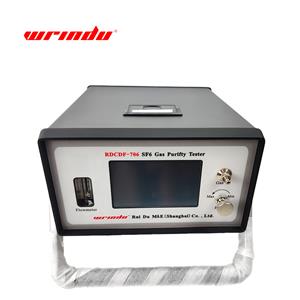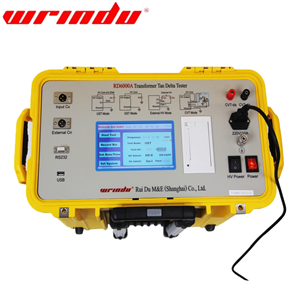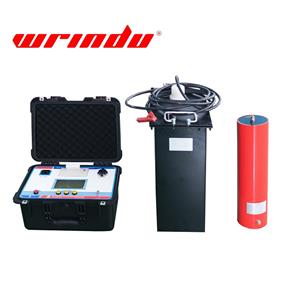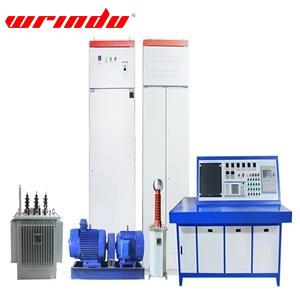Application of battery charge and discharge tester in power system
The specific functions and maintenance methods of batteries in substations
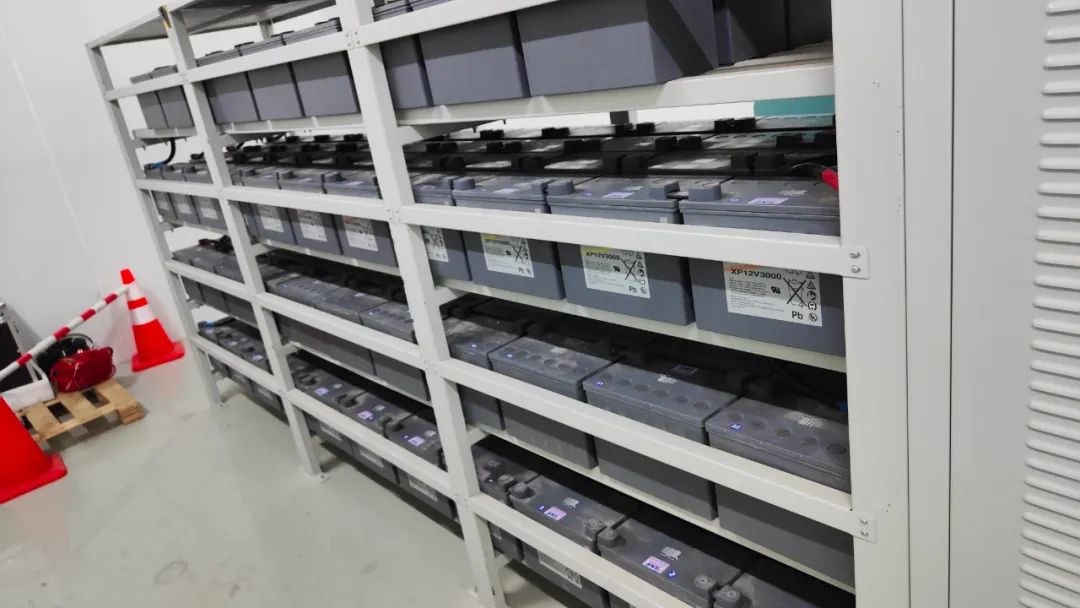
In a substation, the battery is an important part of the DC power supply system in the power supply used in the substation. It mainly provides stable power support for the secondary system in the substation system. Unlike the AC power in the station, the battery is usually used as a backup power supply at full power for a long time. In the capacity floating charging operating state, when the alternating current in the station is working normally, it mainly provides closing power for the circuit breaker. Once the system in the station fails and a tripping accident occurs, the battery will continue to provide relay protection, automatic devices, and short circuits in the substation system. Tripping and closing, rectifier equipment for driving mechanical equipment, communications, etc. provide power and maintain it for a specified time to ensure that maintenance personnel can perform emergency repair operations on system faults during the power supply period, thereby effectively avoiding the occurrence of substation safety accidents caused by system faults. And since the substation plays an important role in voltage rise and fall and power distribution in the entire power system, the stability of the substation battery is also of great significance to the normal operation of the entire power system.
Therefore, it is very important to maintain the stability of the battery performance in the substation. It is necessary to maintain the substation battery through reasonable daily maintenance of the battery, strengthening periodic inspection of the battery, implementing fire protection measures for the substation battery, and reasonably setting operating parameters.
Rui Du M&E RDLI-8006CT High Voltage Lithium Battery Discharger is a multi-functional battery maintenance and testing equipment. It can activate the battery charge and discharge cycle. It has complete functions, small size and light weight, and is easy to carry. It is indispensable for daily maintenance of substation batteries. The missing helper.
RDLI-8006CT High Voltage Lithium Battery Discharger
RDLI-8006CT battery charge and discharge tester integrates battery constant current discharge, intelligent charging and activation. One machine can be used for multiple purposes, reducing enterprise costs and labor intensity for maintenance personnel. It is used for regular battery pack testing and outdated battery regeneration, and provides scientific testing methods for battery and UPS power maintenance. Used in telecommunications, base stations, electric power and other sectors. Perform deep discharge and then charge as needed to keep the battery pack in a satisfactory state at all times and extend battery life. It is a good assistant for battery maintenance.
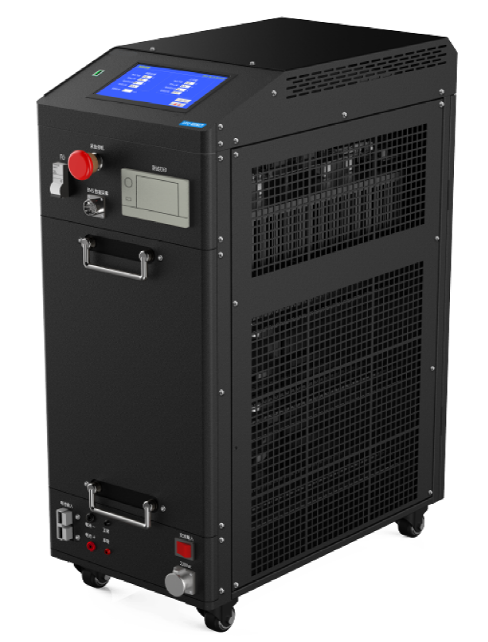
Features
① Equipped with multiple working modes: constant current discharge, constant power discharge, constant current charging, constant voltage current limiting charging, trickle float charging, etc.
② Choose a 7-inch high-definition touch screen: resolution 1024×800, high-definition display, and the touch panel adopts military-grade multi-layer composite film resistive touch panel, which has strong anti-interference ability and is especially suitable for power stations, battery rooms and high-frequency chargers. Electromagnetic interference and transient pulse interference. The backlit Chinese display panel can display data clearly and normally in any environment.
③Multiple safety protection functions: over-current protection, short-circuit protection, over-temperature, reverse polarity and other protection functions.
④ Equipped with multiple alarm functions: If abnormal problems occur during use, such as excessive voltage, undervoltage, current beyond the measurement range, fan failure, etc., it can issue a real-time warning and stop the discharge without damaging the instrument and related testing equipment.
⑤ Intelligent operation design: Equipped with a quick docking jack, simple connection, automatic recording and intelligent analysis of the entire test process without manual intervention.
⑥ With the function of parallel use: multiple units can be used in parallel to meet the discharge current requirement of more than 300A.
⑦ It has the function of rapid nuclear capacity analysis: it can estimate the remaining capacity of the battery through rapid discharge in 3-5 minutes.
⑧Charging adopts high-frequency wave width modulation (PWM) technology: filtering, rectification, inverter, and power efficiency conversion are integrated, using built-in electromagnetic interference (EMI) surge protection circuit and microprocessor control technology.
⑨The main control board uses imported high-performance ARM from STMicroelectronics as the CPU: stable performance, high frequency, and powerful functions. The discharge process adopts a dual-CPU redundant design. The main and secondary CPUs work together, and the main CPU is responsible for the operation of instructions. And processing, the deputy CPU is responsible for alarm monitoring and process control. When an emergency situation occurs, the main and deputy CPUs will lock the output at the same time. When one of the main and deputy CPUs has an instruction operation abnormality, the other one can continue to turn off the output to protect the safety and reliability of the test.
⑩Charge and discharge parameter preset function: built-in a variety of commonly used charge and discharge templates to meet the parameter settings of different types of batteries. The template data can be saved when the power is turned off, and the test can be started directly after powering on. There is no need to set parameters frequently, making the test operation simpler. .
⑪ Equipped with professional analysis software: it can simultaneously display voltage, current curves, single cell histogram data tables, etc., can automatically generate EXCEL/WORD document formats, and can print and generate test data reports.
⑫Has large-capacity storage function: Built-in 16G storage space, can store up to 1000 sets of charge/discharge data, supports historical discharge data for viewing, analysis, deletion and other management actions, external 16G data card reader, can be used through USB interface , copy the data of the discharge process, import it into the computer, analyze the battery discharge process through the host computer management software, and generate corresponding data reports. Make data transfer more convenient.
⑬ Multiple termination conditions can be set for discharge: discharge capacity reaches, discharge duration reaches, single voltage threshold, the entire group of voltage thresholds. Discharge will automatically stop when any one of the test conditions is reached, as well as over-voltage, over-current, over-temperature, Various test fault alarm displays such as abnormal data storage and reverse connection of voltage test terminals.
⑭ Multiple termination conditions can be set for charging: charging capacity is reached, charging time is reached, single voltage high limit, whole group voltage high limit, charging will automatically stop when any one of the test conditions is reached, as well as over-voltage, over-current, over-voltage, etc. Temperature, data storage abnormality, voltage test terminal reverse connection and other test fault alarm displays.
⑮ Multiple termination conditions can be set for charging: It has an activation repair function: the active material of the negative electrode sulfide can be activated through the activation function, reducing the decline in capacity and extending the battery life.
⑯Support wireless viewing of data: The voltage of a single battery is collected in real time and displayed in a columnar graph. The data can be viewed clearly at a glance. At the same time, the health analysis of the single battery is performed and a safety assessment is made.
⑰ Built-in calibration function: The instrument has a voltage and current calibration and correction function, which can calibrate and correct the measured values to ensure measurement accuracy. This function is especially suitable for use when there is a requirement for consistency between instrument readings and field instruments.
⑱ Equipped with curve viewing function: Through the historical data curve function of the data management interface, the built-in data files can be reviewed and queried in the form of charts and waveform charts.

